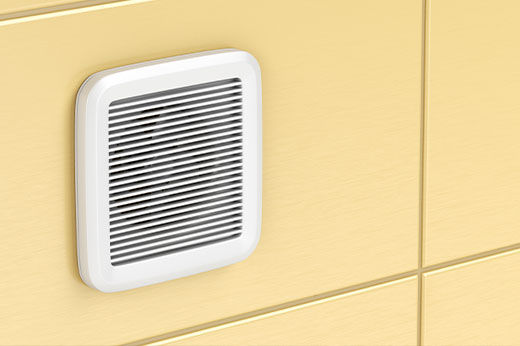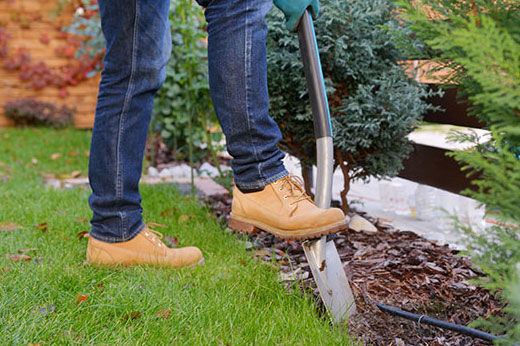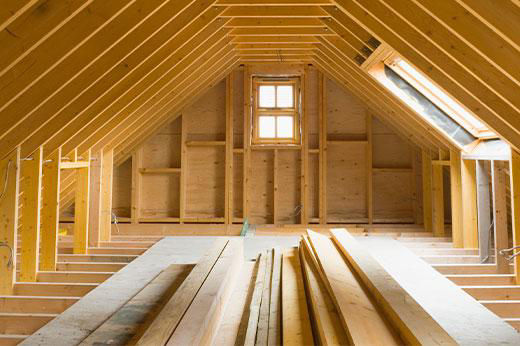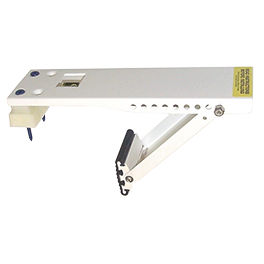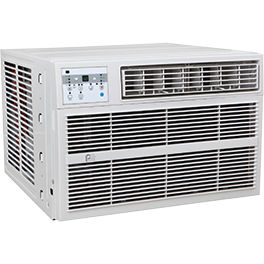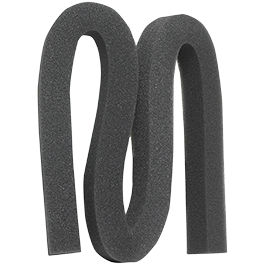While do-it-yourself projects can be fun and fulfilling, there is always a potential for personal injury or property damage. We strongly suggest that any project beyond your abilities be left to licensed professionals such as electricians, plumbers, and carpenters. Any action you take upon the information on this website is strictly at your own risk, and we assume no responsibility or liability for the contents of this article.
Air Conditioner Maintenance Tips

All air conditioners need maintenance, but the best way to take care of this appliance depends on the kind of unit you have. A window air conditioner needs a different approach and set of tools than a full-sized central air conditioner. You can handle all the maintenance for a window or portable air conditioner yourself unless repairs are needed. In contrast, central air conditioners will run more efficiently and need fewer repairs if you pay for professional inspections and tune-ups once a year. However, you can still handle a lot of the cleaning yourself to reduce what you spend on professional maintenance for your central air conditioning unit.
Central Air Conditioning Maintenance Tips
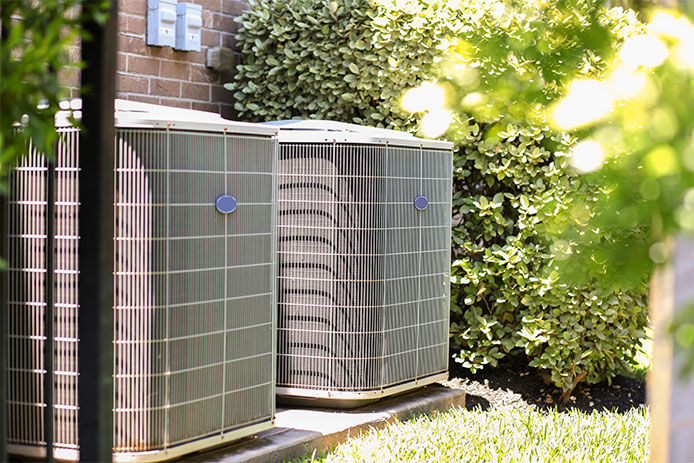
Due to their size and complexity, central air conditioners will use the most energy and cost the most to repair if they’re not maintained. It’s imperative to clean the unit and replace the filters every year, which are two tasks you can handle yourself. A professional service technician should handle a few other maintenance tasks for you, preferably also once a year.
Cleaning
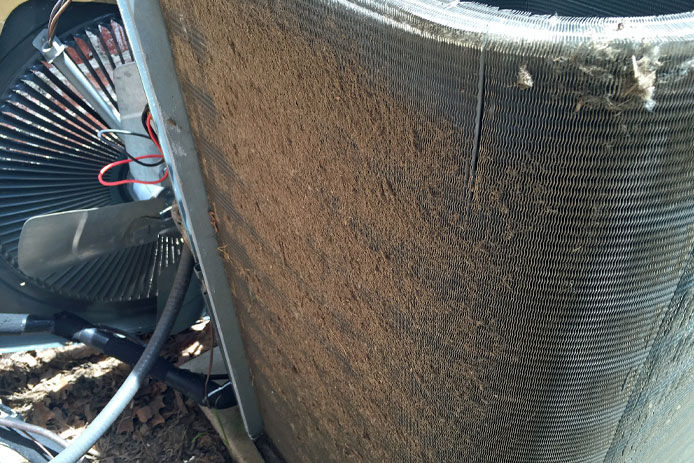
Always start by physically shutting off the power to the unit. Check the condenser lines and the insulation on all lines and wires leading into it. If there’s any damage, have repairs done promptly. Remove any debris, leaves, grass, and other material on the outside of the A/C unit. Depending on the design, open the condenser by unscrewing the unit’s top or side panel. If there are any leaves or debris inside, clean it out. Spray an A/C cleaning spray on the fins of the unit from the inside, coating the entire surface well. Use a fin brush to straighten any bent fins and scrub off stubborn dirt. Once the foaming cleaning spray has sat for about 10 minutes, rinse it off with a water hose, spraying outward to wash the cleaning products out. Don’t use a pressure sprayer, only a basic water hose. Replace the top or side panel and let the unit dry before reconnecting the power.
Air Filters
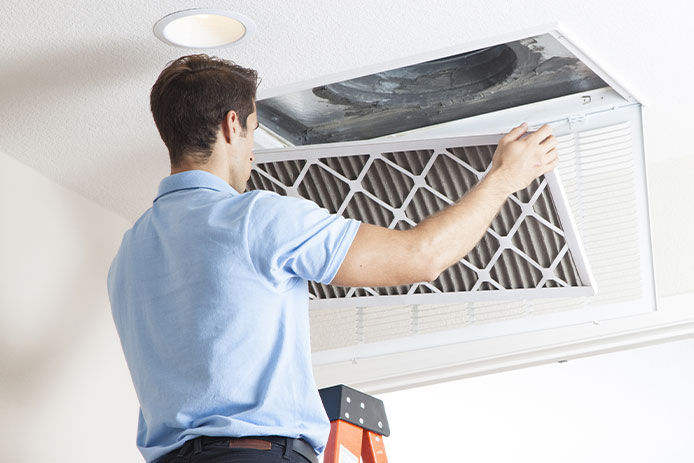
Change air filters before starting the central A/C for the first time and once every two to three months after that. In dusty areas, it may be better to replace the filters monthly. Upgrading to a washable or electrostatic filter system can eliminate the replacement cycle, but you’ll still need to remember to pull the filter out and wash it monthly. Clean air filters give you higher air quality and reduce strain on the A/C unit.
What to Leave to the Pros
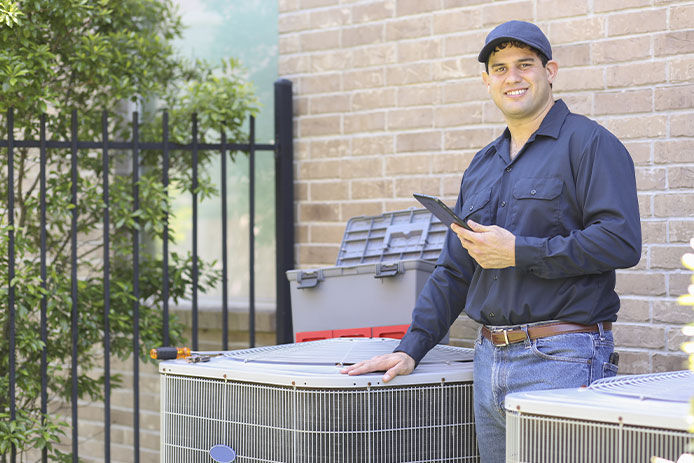
Loud noises, a refusal to start, or insufficient cooling are all issues you can’t handle with DIY maintenance. A service technician can lubricate or replace parts to make the A/C run smoother, more quietly, and at a lower monthly cost. They’ll also check the refrigerant charge and top it up as needed, something that is not safe for a homeowner to do. Thermostat adjustments are also well worth the cost of professional maintenance.
Window Air Conditioner Maintenance Tips
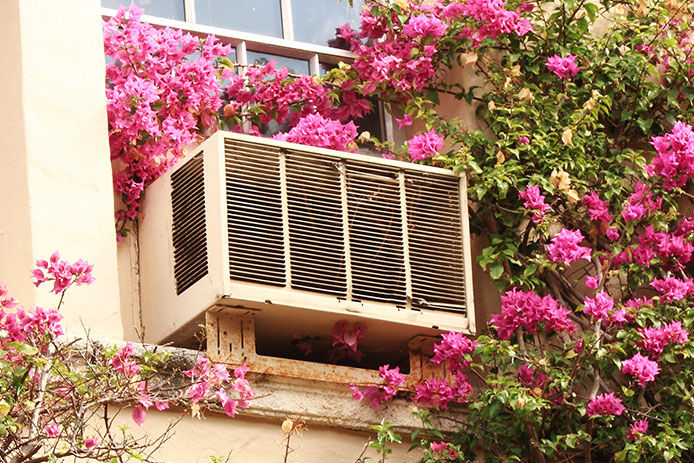
Due to their smaller size, window A/Cs tend to require only DIY maintenance from their owners. A little deep cleaning can prepare the unit for summer service without the help of a pro unless repairs are necessary.
Cleaning
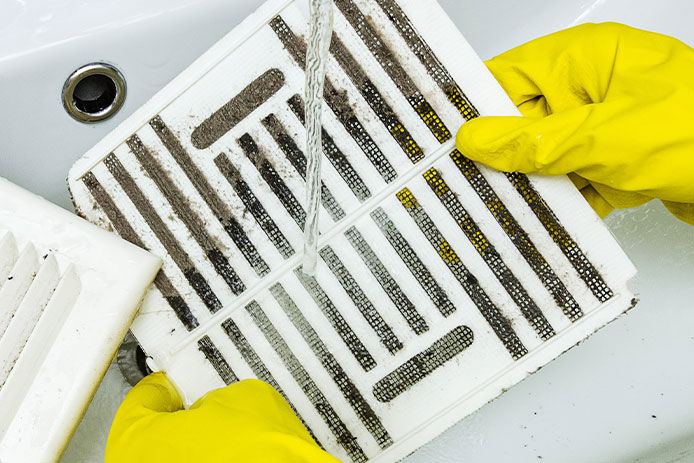
Wipe down the front of the A/C unit, especially the intake vents. Remove the built-in filter and wash it well. Remove the intake vent cover so that the fins of the A/C are exposed. Use a fin brush and soapy water to clean and straighten the fins, placing a towel under the front of the A/C unit so that it doesn’t drip on the floor. Remove any debris from the outer side of the unit and clean it with a fin brush if needed.
Checking for Damage
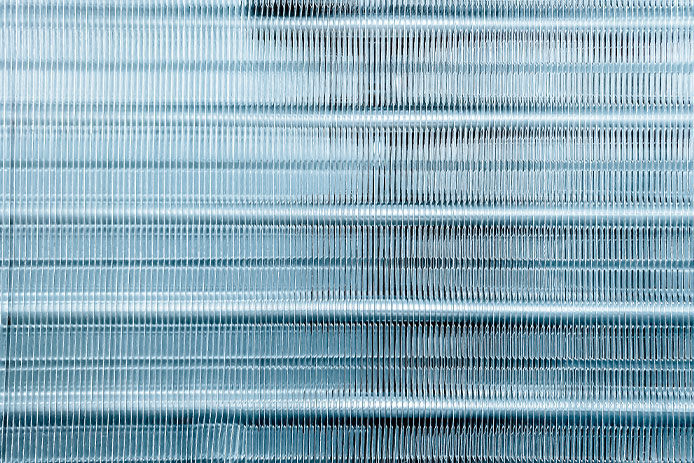
Make sure all the fins are straight and not crushed. Look for damage to the wiring of the unit as well. Have any damage repaired professionally or replace the unit.
Portable Air Conditioner Maintenance Tips
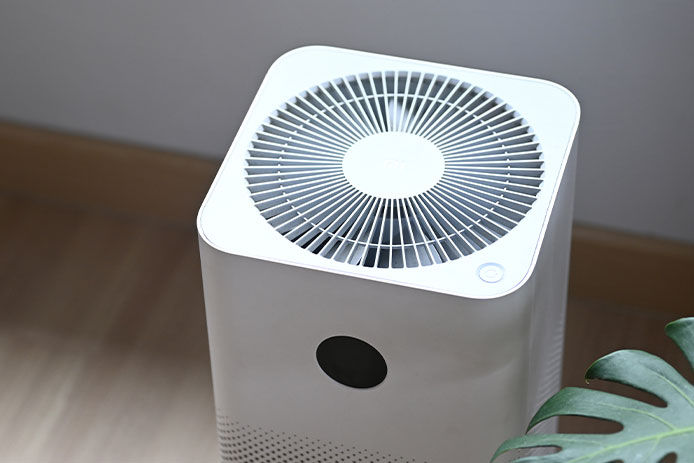
Portable air conditioners sit inside the room and direct their excess moisture and heat out through a tube running to a nearby window. They’re convenient, but they still need attention occasionally to run their best.
Cleaning
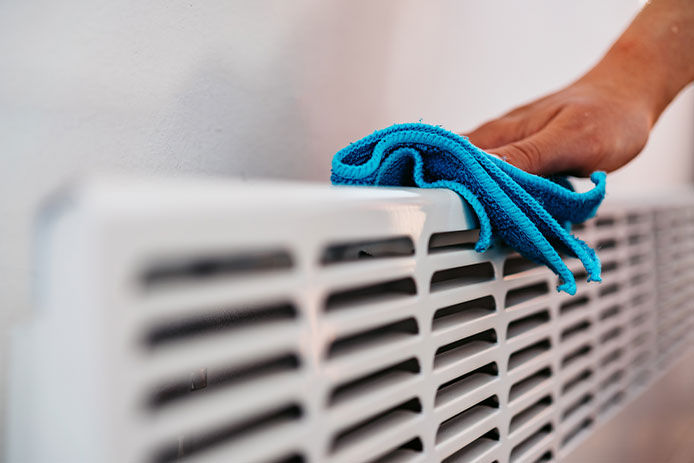
Remove and clean the filter first. Most units have washable filters like window A/C units, but some feature replaceable HEPA filters instead. Check the fins and clean them regularly with a fin brush to avoid build-up. Since these units sit entirely inside the house, they tend to accumulate a lot more dust inside the condenser than window units. You may need to open the unit and clean the fins multiple times a year to keep it running efficiently.
Hose Care
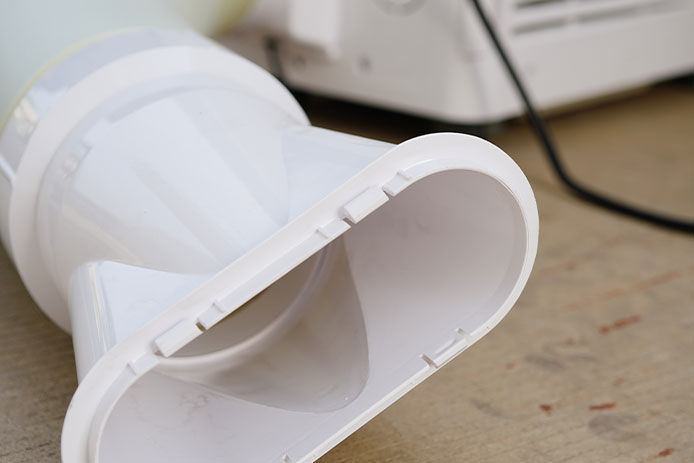
Check that the hose directing moisture and vent air out of the unit isn’t crushed, bent, disconnected, or cut. If this hose leaks, it can release a lot of water before you realize there’s a problem. These hoses are easily replaced with new ones from the manufacturer, so consider keeping replacements on hand.
No matter how you choose to keep your home cool this summer, you need to maintain the equipment. Make sure heat pumps are also maintained according to the manufacturer’s instructions to spend less on cooling your home.

